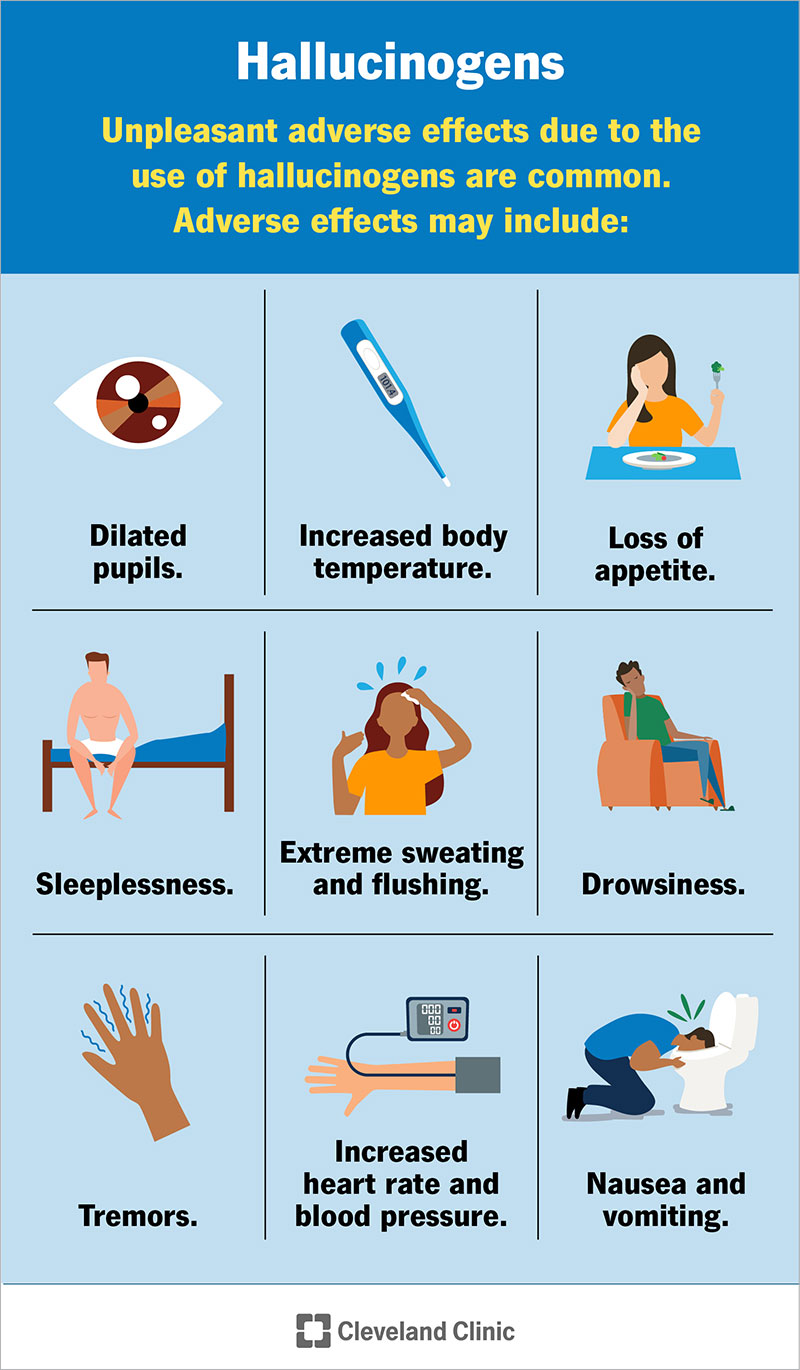All Regarding Psychotomimetic Compounds: Their Function in Psychological Research Study
Psychotomimetic substances, such as LSD and psilocybin, have actually gathered increasing passion in psychological study for their capability to reproduce psychotic signs and symptoms and provide insight into numerous mental health conditions. Their interactions within the brain, specifically with serotonin and dopamine paths, recommend a complex partnership in between consciousness and neurobiology that might unlock unique therapeutic methods. As researchers proceed to examine their prospective applications, ethical factors to consider surrounding their usage in clinical setups become extremely important, increasing crucial inquiries regarding safety and security and notified approval that require additional expedition.
Meaning of Psychotomimetic Compounds
In the realm of psychological research, psychotomimetic compounds are compounds that can generate impacts resembling those of psychosis, such as hallucinations, deceptions, and modified assumptions of truth - About Golden Psycho. These substances can be identified into different groups, consisting of hallucinogens, dissociatives, and specific energizers, each producing distinct emotional results
The pharmacological action of psychotomimetic compounds usually includes inflection of natural chemical systems, especially those associated to serotonin, dopamine, and glutamate. For example, compounds like lysergic acid diethylamide (LSD) mainly act upon serotonin receptors, bring about profound alterations in sensory assumption and cognition.
The utility of psychotomimetics in study lies in their capability to resemble psychotic signs and symptoms, offering a version for comprehending the hidden mechanisms of psychotic disorders such as schizophrenia. By examining the results of these substances, researchers can obtain understandings into the neurobiological and mental processes that add to psychosis.
Furthermore, psychotomimetic substances have been explored for their restorative potential in treating different psychological wellness conditions, consisting of depression and anxiousness, highlighting their double duty in both study and prospective medical applications.
Historic Advancement and Context
The exploration of psychotomimetic substances has a rich historic context that dates back to ancient human beings, where materials such as psilocybin mushrooms and peyote were used in spiritual and recovery practices. These very early uses often linked with religious routines, suggesting a profound reverence for the modified states of awareness induced by these substances.
The mid-20th century marked a substantial juncture in the research of psychotomimetic compounds, specifically with the synthesis of LSD by Albert Hofmann in 1938. The succeeding popularization of LSD in the 1960s militarized a wave of interest in both its psychological effects and potential restorative applications. Researchers started to examine just how these substances might mimic psychotic states, providing insights right into mental disorder.
Nonetheless, the enhancing association of psychotomimetics with counterculture movements resulted in regulative reaction, culminating in the criminalization of most of these compounds. Regardless of these obstacles, the rebirth of rate of interest in the therapeutic potential of psychedelics in the 21st century has actually triggered renewed study. This historic trajectory emphasizes the advancing understanding of psychotomimetic substances, changing from spiritual substances look what i found to topics of scientific inquiry and, possibly, restorative guarantee.
Devices of Action
Recognizing the mechanisms of action of psychotomimetic compounds discloses the intricate ways these substances connect with the brain's neurochemistry. These substances largely apply their effects via inflection of neurotransmitter systems, particularly serotonin, dopamine, and glutamate. For example, many classic see page psychedelics, such as psilocybin and LSD, mainly function as agonists at serotonin 5-HT2A receptors, leading to modified perception and cognition. This interaction not only affects sensory processing however also boosts emotional and introspective experiences.
In enhancement to serotonin, dopaminergic pathways are substantially affected by substances like mescaline and specific cannabinoids, which can bring about transformed states of awareness and modifications in mood and motivation. The NMDA receptor enmity observed with compounds like ketamine highlights one more path via which psychotomimetics may generate dissociative states and extensive alterations in thought processes.
The neurochemical cascades started by these interactions lead to complicated and diverse emotional results. Comprehending these mechanisms is critical for both the innovation of emotional research and the restorative capacity of psychotomimetic substances, as they give understandings into the underlying neural correlates of altered states of consciousness.
Current Research and Applications
Recent examinations into psychotomimetic compounds have actually exposed a renewal of rate of interest in their restorative applications, particularly in the areas of psychiatry and psychology. Researchers have begun exploring materials such as psilocybin, LSD, and ayahuasca for their prospective to minimize signs and symptoms connected with different psychological health disorders, consisting of clinical depression, anxiousness, and PTSD.
Professional trials have shown that, when carried out in controlled atmospheres, these substances can facilitate extensive emotional experiences, promoting emotional advancements and boosted restorative outcomes. As an example, researches have shown that psilocybin-assisted therapy can bring about significant reductions in treatment-resistant depression, with results lasting for several months post-treatment.
Additionally, psychotomimetic compounds are being assessed for their capability to foster neuroplasticity, possibly enabling for even more reliable rewiring of maladaptive thought patterns. These findings recommend that such compounds might function as accessories to traditional psychotherapeutic approaches, enhancing the efficiency of restorative treatments.
As research study progresses, the focus is changing towards recognizing the optimum does, healing setups, and participant characteristics that can make best use of the benefits of these compounds. This expanding field holds promise for revolutionizing psychological health therapy paradigms and resolving the restrictions of traditional psychiatric medicines.
Ethical Considerations in Study

Navigating the moral landscape of study involving psychotomimetic compounds is vital to making certain participant security and the honesty of research study outcomes. Scientists have to prioritize informed approval, guaranteeing that participants fully recognize the potential threats and advantages connected with the compounds being examined. This consists of providing thorough information about feasible emotional results, consisting of severe and lasting effects, and enabling individuals the opportunity to withdraw from the research study at any type of time without fine.
Furthermore, ethical oversight by institutional evaluation boards (IRBs) is important. IRBs examine research study methods to secure individual welfare and promote ethical criteria. This analysis helps mitigate dangers and makes certain that researches are carried out with clinical rigor. Additionally, the capacity for threat need to be very carefully assessed, particularly when susceptible populations are involved.
Privacy is another extremely important consideration. Scientists must apply robust measures to secure participants' identifications and information, especially provided the delicate nature of experiences related to psychotomimetic substances (About Golden Psycho). Ultimately, a dedication to honest techniques not just promotes trust fund in between researchers and participants but likewise improves the integrity and credibility of the study end results, adding to the advancement of psychological knowledge

Conclusion
To conclude, psychotomimetic substances, especially timeless psychedelics such as LSD More about the author and psilocybin, offer significant insights right into emotional problems through their special devices of activity. Their healing possibility in attending to conditions like stress and anxiety and PTSD highlights the value of ongoing research study in this field. Nevertheless, making sure honest criteria in study methods is critical for individual safety and security and notified approval, enabling for a liable expedition of these substances' benefits and implications within emotional scientific research.